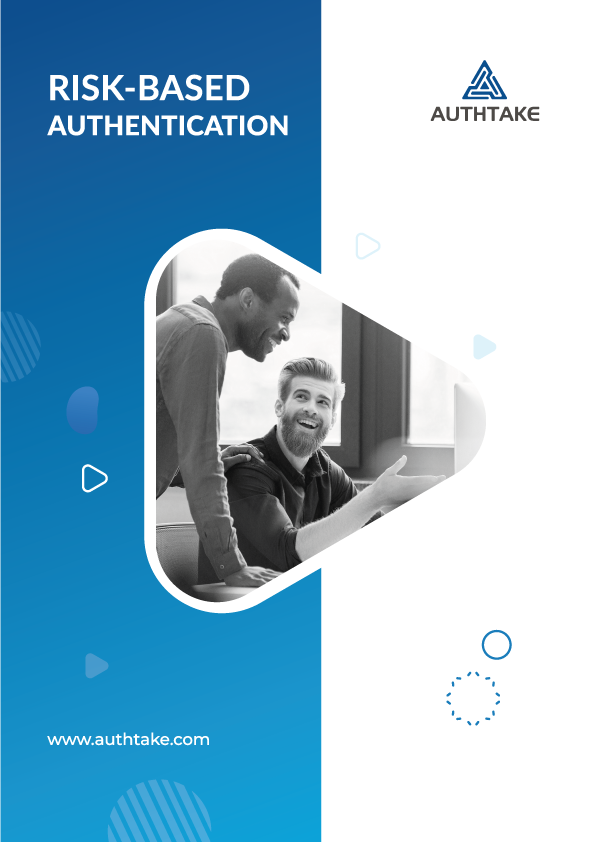Risk Based Authentication
Risk Based Authentication (RBA) determines real-time threat signals by analyzing the behavior of a user who wants to access a resource or system, and generates a risk score for each access request. If the access request is deemed risky, it can request additional information or deny the acces request.
In this e-book, you will learn:
-
What is Risk Based Authentication?
-
Why Risk Based Authentication?
-
What Are The Risk Factors?
-
How Does What is Risk Based Authentication Work?
Risk Based Authentication

Risk Based Authentication (RBA) determines real-time threat signals by analyzing the behavior of a user who wants to access a resource or system, and generates a risk score for each access request. If the access request is deemed risky, it can request additional information or deny the acces request.
In this e-book, you will learn:
-
What is Risk Based Authentication?
-
Why Risk Based Authentication?
-
What Are The Factors to Zero Trust Authentication?
-
What Are The Risk Factors?
-
How Does What is Risk Based Authentication Work?

Intelligent Risk-Based Authentication: A Smarter Security Approach
The widespread adoption of hybrid work and the consequent rise of phishing attacks are forcing organizations to adopt a Zero Trust strategy. Risk-Based Authentication eliminates unnecessary friction by distinguishing between attacker and trusted users for users.
RBA analyzes user behavior to determine the risk associated with a given access request and uses that analysis to decide whether to allow or deny access or to request additional authentication factors. This helps organizations to protect against cyber threats while minimizing the inconvenience for authorized users.

Why is Zero Trust Authentication important?
In Zero Trust Authentication, every access request is evaluated based on a set of policies that define who is allowed to access what resources, under what conditions, and using what devices. These policies can take into account a wide range of factors, such as user identity, device health, network location, time of day, and other contextual information.
By adopting a Zero Trust Authentication approach, organizations can improve their security posture and reduce the risk of data breaches and other cyberattacks.









